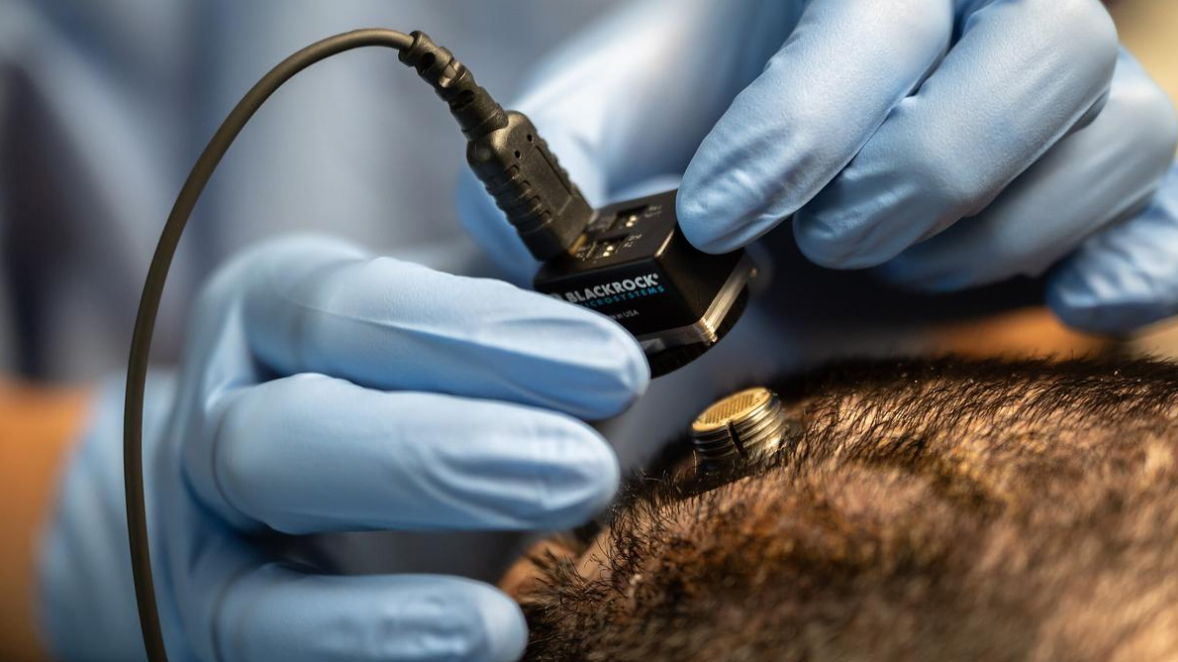



IIST’s 3D model shows microgravity raises astronauts’ core temperature due to fluid shifts, higher metabolism, and reduced sweating. This disrupts thermoregulation, risking heat stress during space missions. The study helps predict body responses in space, aiding safer long-duration missions like those to Mars by addressing temperature-related health challenges.

Copyright infringement not intended
Picture Courtesy: THE HINDU
Indian Institute of Space Science and Technology (IIST) develops a 3D model revealing how microgravity raises astronauts' core body temperature.
Unlike Earth, where gravity pulls fluids downward, space has almost no gravity, causing significant changes in the body. These changes affect bones, muscles, the heart, metabolism, and even temperature control.
The IIST study finds that microgravity increases the body’s core temperature, mainly due to fluid shifts, and this can impact astronauts’ health during long space missions, like those to Mars or beyond.
The model tracks how heat moves through the body in three dimensions. It considers factors like sweating, shivering, clothing, and heat produced by organs. By simulating these, the researchers predict how astronauts’ bodies respond to space conditions.
They also test their model against real data from astronauts on the International Space Station (ISS) and the former Soviet/Russian Mir space station, confirming its accuracy.
Thermoregulation is the body’s way of keeping its internal temperature stable, usually around 36.5–37°C.
On Earth, gravity helps distribute blood and fluids, aiding temperature control. In microgravity, fluids shift upward toward the head and chest, causing a “puffy face” and thinner legs, often called “stork legs.”
This redistribution affects how the body manages heat, leading to a warmer core (head, abdomen, chest) and cooler extremities (hands, feet).
The study reveals that in microgravity:
Source:
|
PRACTICE QUESTION Q.In the question given below, there are two statements marked as Assertion (A) and Reason (R). Mark your answer as per the codes provided: Assertion (A): In microgravity, astronauts experience muscle atrophy and bone density loss. Reason (R): Skeletal muscles and bones adapt by reducing mass when mechanical loading decreases. Which of the options given below is correct? A) Both A and R are true, and R is the correct explanation for A. B) Both A and R are true, but R is not the correct explanation for A. C) A is true, but R is false. D) A is false, but R is true. Answer: A Explanation: Assertion (A) is True: In the absence of Earth's gravity, astronauts don't use their muscles and bones in the same way they do on Earth, leading to weakening and loss of mass. Reason (R) is True: Muscles and bones are living tissues that adapt to the demands placed upon them. When those demands, particularly the force of gravity, are reduced, the body conserves energy and resources by reducing the mass of these tissues. The lack of mechanical loading due to microgravity (as stated in Reason R) is the direct cause of the muscle atrophy and bone density loss observed in astronauts (as stated in Assertion A). |





© 2025 iasgyan. All right reserved